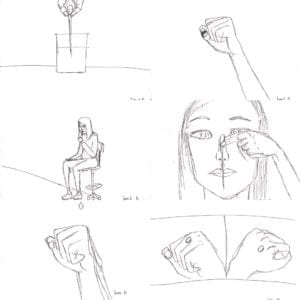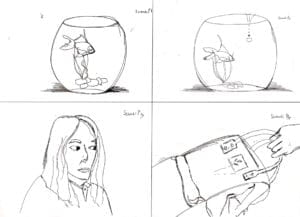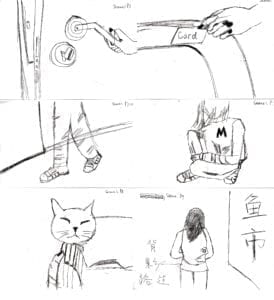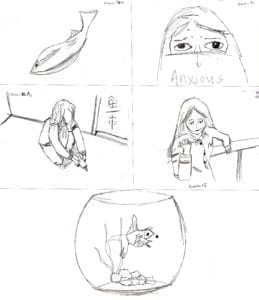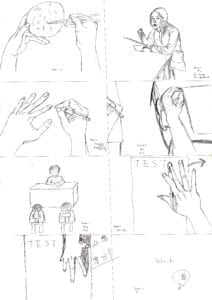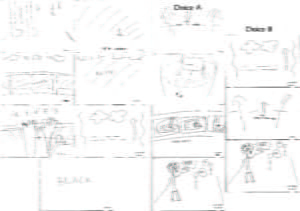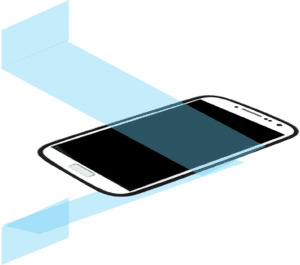To demonstrate his fondness for enchanted objects, David Rose says that he loves the ordinary things to be featured with extraordinary functions. He mentions that he doesn’t like apps, instead, he wants the objects that apps work on to obtain these functions within itself so that the user doesn’t need to check apps for them.
In my opinion, this perspective towards apps is a bit narrow. Sometimes it’s actually a more effective way to check on information. For example, when your grandma asks you is it going to rain today, you don’t need to hop to the front door and check out the umbrella’s LED. Also, the mobile phone is an assembly of apps, we can effectively gather the pieces of information we want. About the bus stop project he is working on for San Francisco, it is indeed effective for people to check out bus location at the bus stop, but we cannot ignore the update of this information on our cellphones, lots of users count on that to plan their time effectively.
That’s why I think we should still embrace the terminal world where the screen is a major part of our lives, but also adding enchanted objects to our lives.
